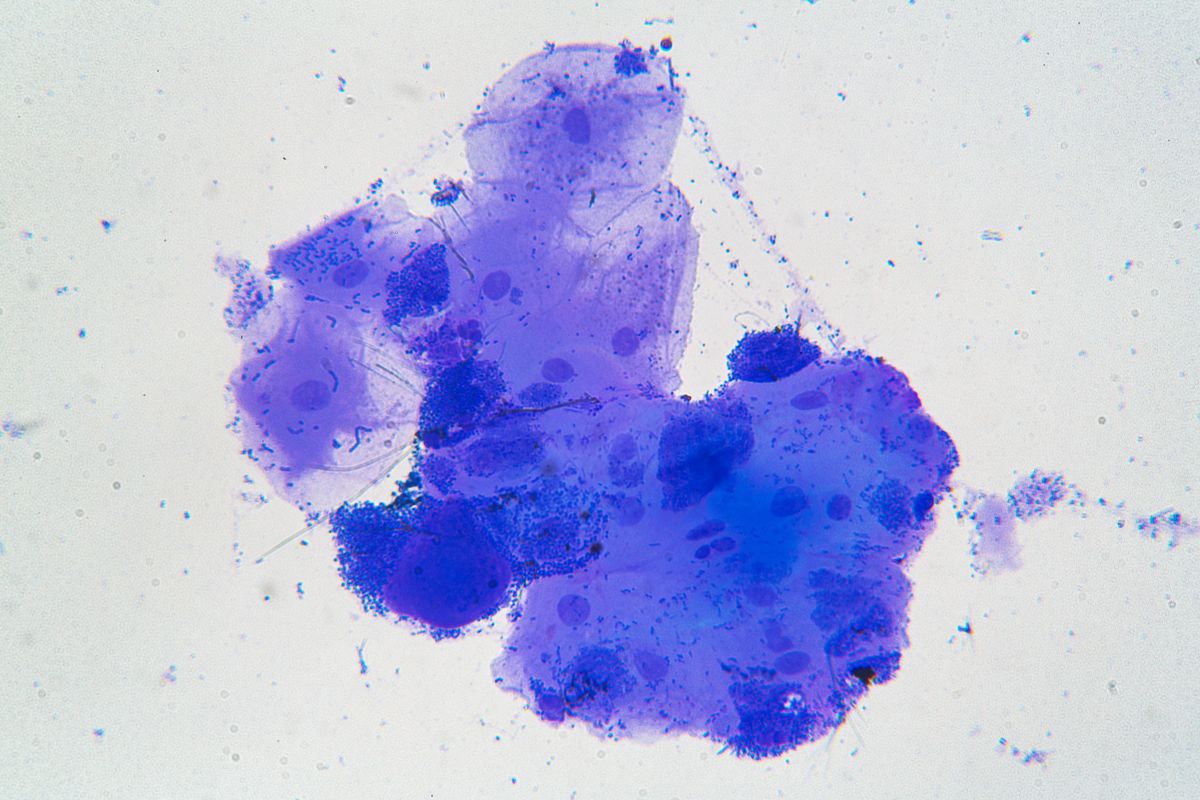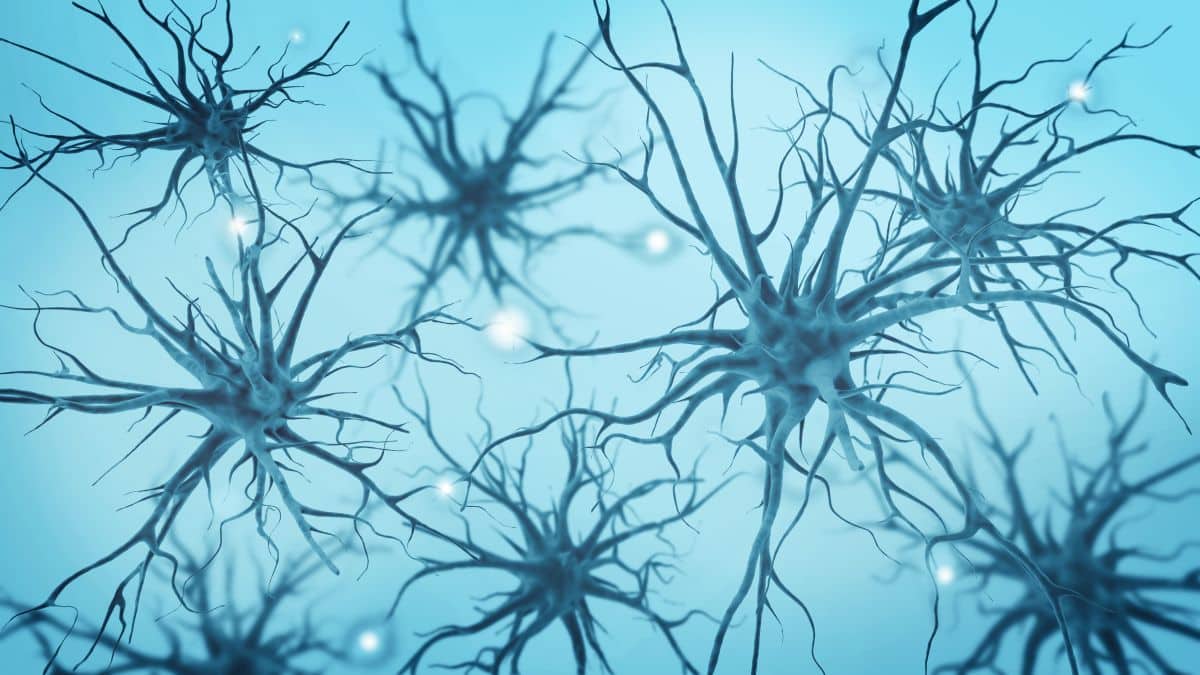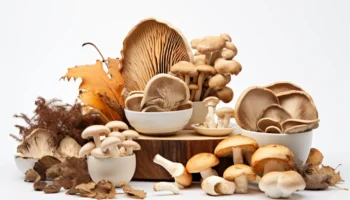DISCLAIMER: The information provided above is meant for educational purposes only and is NOT meant to be medical advice or a substitute for medical advice from a qualified healthcare practitioner. It’s recommended you consult your qualified healthcare practitioner prior to making any changes to your health regimen. We recommend getting your drug information from a qualified healthcare practitioner.
How To Dose Methylene Blue For Success
What is methylene blue? Despite what you might think, I can assure you it’s not an 80s science fiction movie, technopop band, or video game. Still, that doesn’t mean it’s any less strange.
Methylthioninium chloride (commonly known as methylene blue) is actually a blue dye used in fish tanks and as a redox indicator that also has a litany of health and performance benefits for people. That’s right—a blue compound you “clean” aquariums with might actually be worth taking shots of. Told you the truth was as strange as fiction.
In all seriousness, Nobel prize-winning scientist Albert Szent Györgi showed that damaged cells that have trouble producing energy can be restored with methylene blue. This means methylene blue is energy-promoting at the cellular level, which in turn makes it pro-metabolic and generally supportive of some of our physiological processes.
In fact, methylene blue (MB) has a wide range of benefits that includes:
- Mood elevation.
- Neurological restoration, including brain health and cognition.
- Metabolic enhancement and mitochondrial function (in turn supporting everything we do, from thinking to muscle firing).
- Tissue hypoxia.
- Anti-parasitic and antiviral properties, including research demonstrating positive outcomes between methylene blue and COVID severity due to it acting as an inhibitor of the spike protein. It demonstrated clear antiviral activity in vitro and has been used for some time due to its antimalarial properties.
- General immunological fortification.
- Improved blood pressure and physiological stress response outcomes.
- Anti-neurodegenerative properties (including for Alzheimer’s disease and Parkinson’s disease).
- Improved thyroid hormone availability (your metabolic regulator and a key player in your “life force” bioenergetics).
- Fitness and athletic performance enhancement.
Clinical trials even show it can support improvement in many health conditions and situations, including hemoglobin/methemoglobin dynamics and treatment of methemoglobinemia outcomes, g6pd deficiency, inhibition of nitric oxide enzymes, cyanide poisoning, breast cancer treatments, and more. Its therapeutic use is still being explored in pharmacology both orally and via methylene blue injections.
There’s more to list, but those facts alone might surprise you. Who knew a simple blue dye could potentially deliver so many positive outcomes? Here, we take a look at some of these key areas—particularly those that pertain to our personal development, cognitive fitness, and mood.

Methylene Blue For Mood, Memory, and Focus
Although we could write an entire book on methylene blue, let’s focus on some key areas of overlap with microdosing and personal development. And while you may be skeptical to try it, just know it’s been around since the 1800s and isn’t some new, experimental compound that biohackers are in a rush to play citizen science with. In fact, it’s been used for generations by doctors to help in localization (identification) of nerves due to its coloring effect.
Most who try methylene blue report their biggest improvements in the areas of mood, memory, and focus. This intuitively makes sense as there’s a lot of research that demonstrates the support MB has for being generally neuroprotective of our central nervous system, nerve cells, and intertwining systems related to brain health. These systems don’t operate in silos, so by supporting our own physiology, we can, in turn, support our well-being.
In fact, methylene blue can be so therapeutic for energy, mood, and feelings of well-being that it literally gets used as a treatment option for states of mental dis-ease, including mood disorders (like bipolar disorder), depression, and neuropsychiatric issues. MB also promotes synaptic connections in our nervous system.
The same restorative physiological strings MB that pulls for people in high-stress states can also support individuals who aren’t struggling. That means MB can help a “healthy normal” individual to feel even better and more focused, while experiencing improved health, cognition, and creativity. Best of all, MB does not come with the disastrous adverse effects associated with long-term use of many antidepressants and anti-anxiety medications (including SSRIs or selective serotonin reuptake inhibitors) that change elements of your neurotransmitters (brain chemistry that in part makes us who we are).

Methylene Blue Use and Considerations
As we said earlier, methylene blue has a very solid safety profile—particularly when compared to other compounds.
It works by supporting the energy-producing processes that occur at the cellular level in the electron transport chain. This is the process by which our bodies manufacture our major energy currency, ATP (the bitcoin of the body, if you will). It acts as an artificial electron carrier, which supports mitochondrial function.
MB is generally dosed at levels lower than 2mg/kg. Those who want to take it long term start at a low dose and stay low. Many also elect to start at a super low dose and then titrate up to assess tolerance, not unlike microdosing with psychedelics. Most who use it long term for general maintenance take about 1mg/day of methylene blue or slightly above.
It should be noted that, in clinical settings, some studies use up to 60mg as an intervention, so there is a safety margin. But, in general, the minimum effective dose is the idea here, particularly for long-term inclusion.
Lastly, it’s important to use pharmaceutical-grade methylene blue to ensure you’re safe from potential impurities.
Safety and Where To Buy Methylene Blue
It’s fascinating that the benefits of methylene blue largely overlap with those of psychedelics.
Notably, the benefits of elevating mood, energy, focus, and cognition, as well as erasing fear and insecurities, attract many users within and outside the medical context.
Beyond pairing well with psychedelics, methylene blue can also be taken for a longer duration than a microdosing protocol.
If you do decide to try MB, here are some things to keep in mind:
- Benefits: Use of methylene blue is wide-ranging. In the context of personal development, MB has been shown to improve energy, mood, depression, anxiety, fear and phobias, focus, memory, and more.
- Safety: MB is well tolerated, has a very favorable safety profile, and doesn’t have any major known drug interactions, with the only known side effects appearing to be related to serotonin syndrome (serotonin toxicity as seen in other monoamine oxidase inhibitors). These very rare incidences are very much dose-dependent and over the long term (like many other positive foods, nutrients, compounds, plants, supplements, drugs, and psychedelics). The Food and Drug Administration (FDA) recently approved its first MB product. Concurrent SSRI and MB use are contraindicated, as is its inclusion while breastfeeding.
Where to buy: Due to a need for potency, purity, as well as convenience (most MB can be messy, does stain, and can cause discoloration of many household items), we highly recommend the convenient brand named Troches from Troscriptions.
References
Rojas JC, Bruchey AK, Gonzalez-Lima F. Neurometabolic mechanisms for memory enhancement and neuroprotection of methylene blue. Prog Neurobiol. 2012 Jan;96(1):32-45. doi: 10.1016/j.pneurobio.2011.10.007. Epub 2011 Nov 3. PMID: 22067440; PMCID: PMC3265679.
Telch MJ, Bruchey AK, Rosenfield D, Cobb AR, Smits J, Pahl S, Gonzalez-Lima F. Effects of post-session administration of methylene blue on fear extinction and contextual memory in adults with claustrophobia. Am J Psychiatry. 2014 Oct;171(10):1091-8. doi: 10.1176/appi.ajp.2014.13101407. PMID: 25018057; PMCID: PMC4467026.
Gonzalez-Lima F, Barksdale BR, Rojas JC. Mitochondrial respiration as a target for neuroprotection & cognitive enhancement. Biochem Pharmacol. 2014 Apr 15;88(4):584-93.
Poteet E, Winters A, Yan LJ, Shufelt K, Green KN, Simpkins JW, Wen Y, Yang SH. Neuroprotective actions of methylene blue and its derivatives. PLoS One. 2012;7(10):e48279. doi: 10.1371/journal.pone.0048279. Epub 2012 Oct 31. PMID: 23118969; PMCID: PMC3485214.
Ramsay RR, Dunford C, Gillman PK. Methylene blue and serotonin toxicity: inhibition of monoamine oxidase A (MAO A) confirms a theoretical prediction. Br J Pharmacol. 2007 Nov;152(6):946-51. doi: 10.1038/sj.bjp.0707430. Epub 2007 Aug 27. PMID: 17721552; PMCID: PMC2078225.
Oz, M., Lorke, D. E., & Petroianu, G. A. (2009). Methylene blue and Alzheimer’s disease. Biochemical Pharmacology, 78(8), 927–932. http://doi.org/10.1016/j.bcp.2009.04.034
Nedvídková, J., Pacák, K., Haluzík, M., & Nedvídek, J. (2000). The regulation of adenohypophyseal prolactin secretion: Effect of triiodothyronine and methylene blue on estrogenized rat adenohypophysis. Physiological Research.
Atamna, H., Nguyen, A., Schultz, C., Boyle, K., Newberry, J., Kato, H., & Ames, B. N. (2008). Methylene blue delays cellular senescence and enhances key mitochondrial biochemical pathways. FASEB Journal. https://doi.org/10.1096/fj.07-9610com
Schreiber, V., Nedvídková, J., & Jahodová, J. (1993). Anterior pituitary weight, cAMP, cGMP and prolactin levels after combined treatment with estradiol and methylene blue. Physiological Research / Academia Scientiarum Bohemoslovaca.
Smith, E. S., Clark, M. E., Hardy, G. A., Kraan, D. J., Biondo, E., Gonzalez-Lima, F., … Lee, H. J. (2017). Daily consumption of methylene blue reduces attentional deficits and dopamine reduction in a 6-OHDA model of Parkinson’s disease. Neuroscience. https://doi.org/10.1016/j.neuroscience.2017.07.001
Ginimuge, P. R., & Jyothi, S. D. (2010). Methylene blue: revisited. Journal of Anaesthesiology, Clinical Pharmacology, 26(4), 517–20.
Haluzik, M., Nedvidkova, J., & Schreiber, V. (1995). Methylene blue–an endocrine modulator. Sb Lek.
Callaway NL, Riha PD, Bruchey AK, Munshi Z, Gonzalez-Lima F. Methylene blue improves brain oxidative metabolism and memory retention in rats. Pharmacol Biochem Behav. 2004 Jan;77(1):175-81. doi: 10.1016/j.pbb.2003.10.007. PMID: 14724055.







Greatly informative article. Well thought out, easy to follow. Thanks for explaining so well.
Glad that you are getting useful information from our article!
What happens when you take 32 mg daily for 30 days?
Thank you, that’s an amazing article. This is what I have managed to find out.
Methylene blue (MB) is a potent mitochondrial enhancer and antioxidant known for its ability to improve cellular energy production. It works by facilitating electron transfer in the mitochondrial respiratory chain, promoting ATP generation. However, its efficacy can be influenced by dietary factors and supplements.
Caffeine, found in coffee, acts as a central nervous system stimulant but also affects mitochondrial dynamics. While coffee’s antioxidants (like polyphenols) may complement MB’s effects, its stimulant properties could theoretically increase oxidative stress, potentially counteracting MB’s benefits. If you’re consuming coffee while using MB, it’s advisable to limit caffeine intake to ensure MB’s antioxidant and mitochondrial benefits are not undermined.
Certain supplements can influence MB’s actions:
Antagonists:
• High-dose antioxidants (Vitamin C or E): Excessive free-radical scavenging may interfere with MB’s redox activity.
• SSRIs or other serotonergic agents: MB has monoamine oxidase (MAO) inhibition properties, which can interact negatively with these drugs, increasing serotonin syndrome risk.
Affinity Supplements:
• CoQ10 and PQQ: Both enhance mitochondrial function and may work synergistically with MB to support energy production.
• Alpha-lipoic acid (ALA): Boosts cellular redox balance and complements MB’s mitochondrial effects.
• NAD+ precursors: MB can support NADH recycling, and combining it with NAD+ supplements may amplify cellular repair.
When I’m using methylene blue, I am mindful of its interactions with coffee and supplements to maximise benefits. A balanced approach to diet and supplementation ensures MB supports energy production effectively without unintended interference.